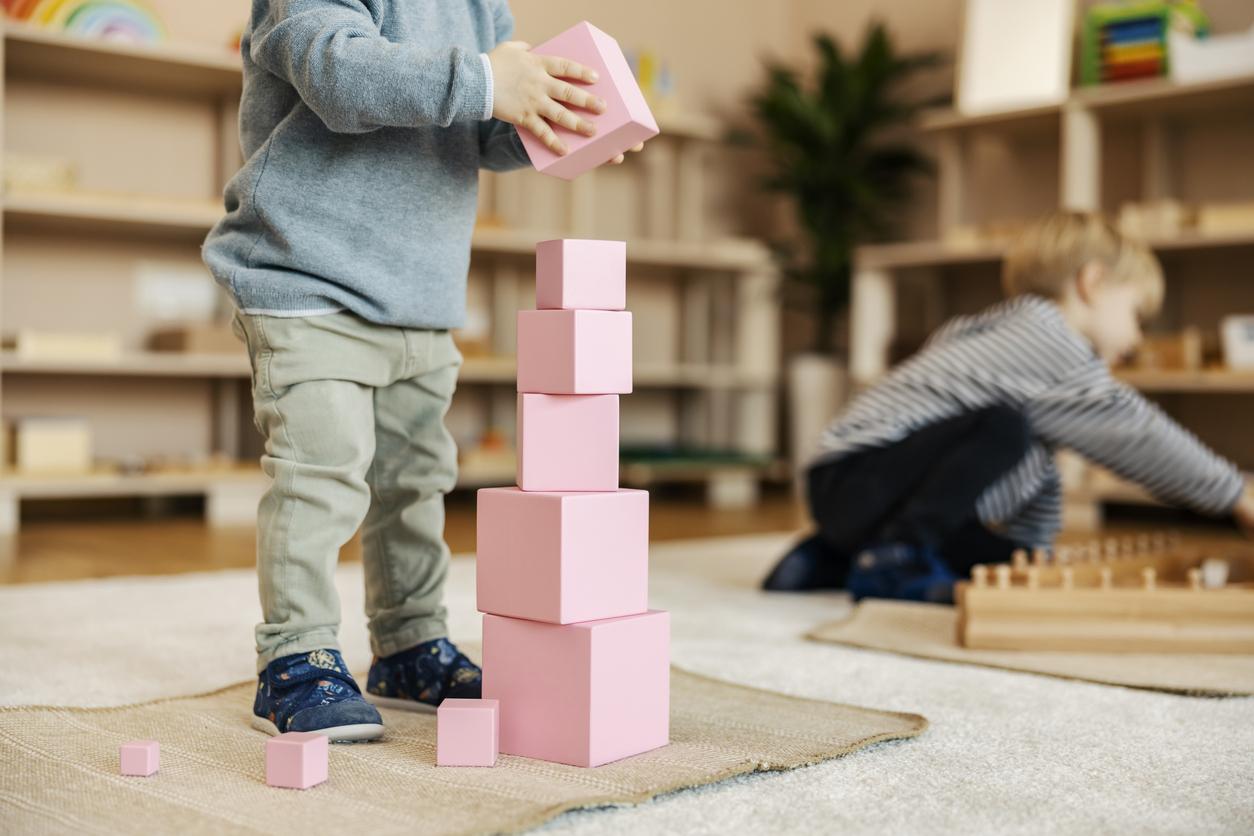If the lying position is often the norm in French hospitals, it is not the only possible way to give birth to a child… and not necessarily the most satisfactory for parturients either!

- German researchers wanted to know which birthing position was most satisfying for women.
- They found that the parturient’s dissatisfaction depended more on the fact that a specific position was imposed on her rather than the position itself.
- “If a certain position is medically advantageous for the woman giving birth, we as obstetric teams need to do a better job of explaining this to women so that they rarely feel like they haven’t determined their position. -even the birthing position,” underlines one of the authors.
You are a few weeks away from giving birth and one question – among many others – is certainly tormenting you: on your back, squatting, on all fours… what position should I choose to give birth to my baby? We may have an answer that comes straight from the University Hospital of Bonn in Germany, where researchers have looked into this subject. Their work was published in the journal Archives of Gynecology and Obstetrics on November 4, 2024.
Supine position, a position used from the 17th century
Before we look at the most satisfying birthing position for women, a little background is in order! The supine position began to be used in France with the arrival of obstetrics at the end of the 17th century, under the leadership of doctors like François Moriceau. “By barely exaggerating, pregnancy has been considered an illness and childbirth as a medical crisis: 3 centuries of medical progress have slowly but surely imposed the supine position, representing the safest position, but without any scientific proof to this effect. ‘support“, underlines the National College of French Gynecologists and Obstetricians (CNGOF) in the updates of its recommendations in 2008. Indeed, several studies show that this birthing technique is not physiological: the position is uncomfortable for the mother and it slows down labor. But then, what would be the best position to give birth, if it even exists?
“If a certain position is medically advantageous for the woman giving birth, we as obstetric teams need to do a better job of explaining this to women so that they rarely feel like they have not determined themselves. same birthing position”, underlines one of the authors of the new work.
The most satisfying birthing position for parturients
According to German researchers, the best position for giving birth to a child would simply be the one… chosen by the parturient! To show this, they interviewed nearly 800 mothers who had given birth vaginally in hospital, without the use of a suction cup or forceps. They were asked both about their satisfaction with their delivery and whether or not they had chosen their position. In detail, almost ¾ of mothers gave birth on their side or back. Among them, 40% had not chosen this position and they were particularly dissatisfied with it. “The most common reason given by respondents was instructions from medical staff”, specifies Professor Scholten, first author of the study.
“The number of women who did not choose the birthing position themselves is particularly striking, as is the resulting lower level of satisfaction with childbirth.”, underlines Professor Strizek, co-author. “If a certain position is medically advantageous for the woman giving birth, we as obstetric teams need to do a better job of explaining this to women so that they rarely feel like they have not determined themselves. same birthing position”, he adds.
One thing to remember ladies: listen to your body and your instincts! The healthcare team is there to advise you and support you in case of difficulties, but certainly not to impose a position on you without medical reason. “The spontaneous adoption of squatting, kneeling or all-fours positions, or in lateral decubitus during expulsion, can and must be accepted, if not offered.”, reminds the CNGOF in this sense. “The physical comfort of each parturient being ensured, she will be able to participate actively and peacefully in the birth of her child.”, he concludes.

















